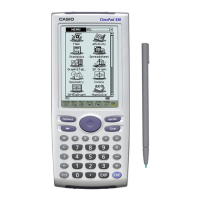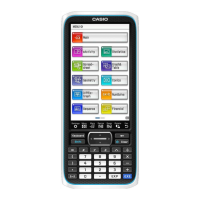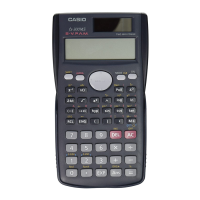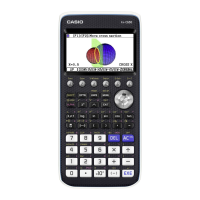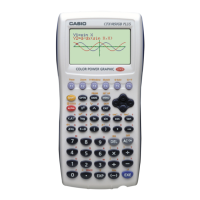ID of the button used to close the dialog window.
HM_SYS_ZOOM Zoom the active CPModuleWindow to full screen.
HM_SYS_SWAP Swap the two CPModuleWindows in the CPMainFrame.
HM_SYS_CLOSE The application is closing. You must save your state when
you get this message.
HM_SYS_RESUME The ClassPad is powering off. Save your state so you can
resume later.
HM_SYS_KEYBOARD Turn on the keypad.
HM_SYS_CLEAR The CLEAR key was pressed.
PM_LOSING_FOCUS Sent just before target loses focus
PM_GAINING_FOCUS Sent after target gains focus
PM_GET_INPUT_STATE Sent to request the current input state of what has focus.
Used by dialogs to restore the selection, cursor, scroll, etc.
The pointer parameter MUST point to a
PegInputStateContainer object. When receiving this
message, any input control should save its state and give it
to the container with the SetInputState member.
PM_FIRST_START Sent to the current focus after PegAppInitialize is finished
but before the presentation manager's Execute loop
PM_VALIDATE Sent to a notify a dialog control to validate it's data
User Defined Messages
Why would you want to define your own messages? This is the way you make your user
interface do something useful when the user inputs information. Your interface will be
composed of any combination of PEG windows, buttons, strings, etc. along with your
custom objects. At some point you will want to perform an action based on the user
selecting a button, or typing into a string field. You are notified of this user input via
messages sent from the PEG control to the parent window. When you create a control
object, you tell the object what message to send back to the parent window when the
object is modified by the user by defining the object ID value. Once you have constructed
and displayed the control, you simply wait for the arrival of the message that indicates the
control has been modified. There are many other reasons you will want to define your
own messages, and it will become clearer as you begin using the library.
How do you send a message from one window to another? There are three ways. First,
you can either call the destination window’s message handling function directly, passing
your message as a parameter. Second, you can load the message pTarget field with the
address of the window (or any object) that should receive the message and push the
message into PegMessageQueue. Finally, you can load the message pTarget field with
NULL, the message iData member with the ID of the target window, and push the
message into PegMessageQueue. The second or third methods are generally preferred,
because it adheres to the encapsulation philosophy.
26
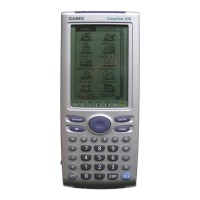
